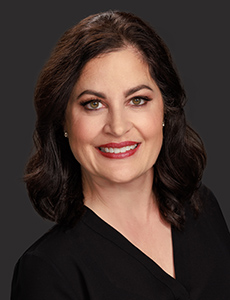White Paper
The Importance of Sufficient Capitalization for a Successful Captive
White Paper Summary
As with traditional insurance, captives are keen to have enough capital to cover potential losses or claims that may arise in order to protect the business. That’s why sufficient capitalization is important for the solvency and success of any captive insurance company.
But how can a captive be sure it’s remaining above board?
“Minimum capital standards are designed to ensure financial stability and solvency,” said Dan Petterson, Director of Examinations, Captive Insurance Division, Department of Financial Regulation, Vermont.
These standards are typically statutorily driven and they set the minimum amount of capital and surplus an insurance company must maintain to legally operate. However, meeting minimum capital standards do not necessarily mean there will be sufficient capital and surplus to meet a company’s strategic objectives or to provide a buffer in the event of an adverse financial event.
In order to ensure adequate capital and surplus and to help maintain financial stability, captive owners can work with their insurance team and service providers to determine what level is appropriate based on the captive’s risk profile.
To learn more about State of Vermont, please visit their website.






